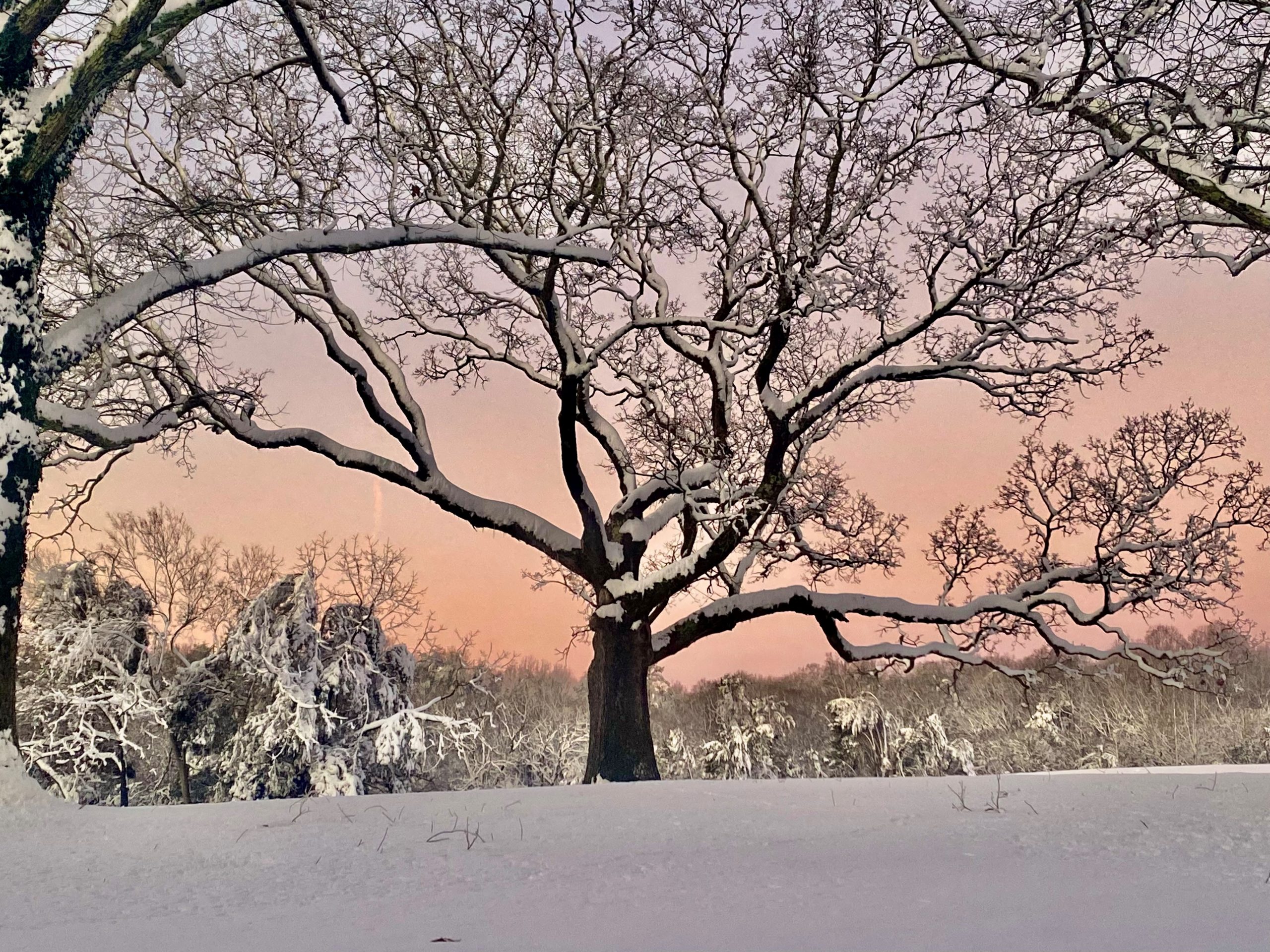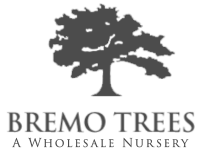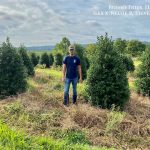
As I traverse the nursery at Bremo Trees, I often wonder if we are doing a disservice by growing too many non-native trees and genetically identical cultivars. Of course, we must grow what demand dictates. With that said, we do grow a diversity of native trees, including the mighty oaks.
Except for one, all the oak species currently cultivated at Bremo Trees are east coast natives. Oaks are known as keystone species, meaning they support entire ecosystems, which would cease to exist in their absence. Their acorns are critical food source for numerous animals, while hundreds of species of insects rely on their branches and foliage for survival. One mature Oak may support as many as 500 species of caterpillar, which in turn provides food for a host of birds. As they mature, their trunks and branches provide shelter and habitat.
Oaks are long lived species, with some on the farm at Bremo Trees well over 200 years old. These venerable specimens are a store of genetic diversity, having endured, survived, and adapted to constant change, including extremes of weather and bouts of pestilence. This genetic diversity is past on through reproduction, creating widespread resilience and adaptability amongst adjacent trees.
Native trees and plants have formed symbiotic relationships with other native plants, animals, and microorganisms over long periods of time. These relationships are the building block of the entire ecosystem. When looking for a native tree that is both beautiful, beneficial, and resilient, an Oak variety should be at the top of the list.
Ed Yates

